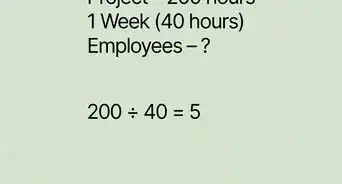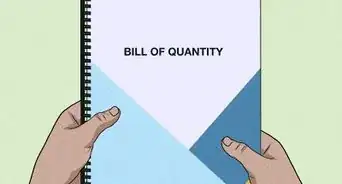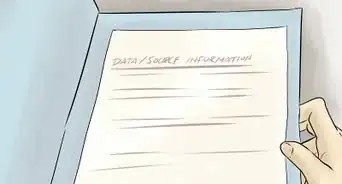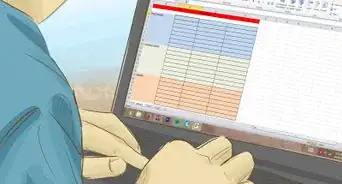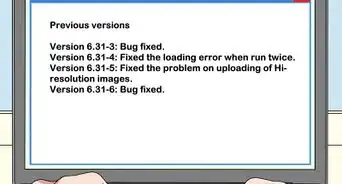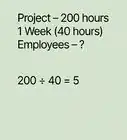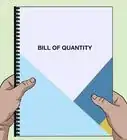X
wikiHow is a “wiki,” similar to Wikipedia, which means that many of our articles are co-written by multiple authors. To create this article, 10 people, some anonymous, worked to edit and improve it over time.
This article has been viewed 18,405 times.
Learn more...
Every project, regardless of scope, pressure, or involved result, gains from having a plan. Urgent plans might put the project manager under stressful circumstances to get the work completed, but most often, urgent designs demand a well-built plan to secure a quality solution. Here is how to produce a project scheme.
Steps
-
1Be aware that a good project scheme has key elements that let the manager and team to take the project to a successful end, on time and below budget. Without these main components, the program is incomplete and will in time fail after proving itself unable to finish the project.
-
2Explain why the project is necessary. Why is it multipurpose? What motivated it? It is likewise obligatory to point the real outcomes involved to finish the project.Advertisement
-
3Write down everything that needs to be created to accomplish the project. This means every single bit of work. This may sound uninteresting, but it is essential to practice this to ensure that you think to get everything done and nothing is ignored. Once you've discovered the work that needs to be finished, you are required to assign project parts to proper responsibilities. What purpose will each finished aspect of the work serve? Make certain this is clear in the plan, so that work can be specified easily afterwards.
-
4When assigning roles within the project plan, it is important to work with the strengths and weaknesses of the group. Place the group member in a role who is able deliver that which is needed. Having people in roles they cannot accomplish is worse than having no group at all.
-
5After you've assigned the roles, you have to have a schedule. Taking into account the conclusion date, determine what must be done when to get everything completed in time. Take into account any projects that must be accomplished for other work to get done, and make sure those projects are completed first. It might be that there isn't enough time to let every declared job finish up by the end date. In that case, you either need to reconsider what outcomes you desire, inform the buyer of the issue, or add more individuals to your project.
-
6Figure out the requirements for your project, including the funds you'll want, workers, supplies, and equipment, with formal approximations of what you'll need to get the project done. You should also identify your initial presumptions about how the project will unfold. Obviously, it's not possible to program for all foreseeable outcomes, but anything you consider might come up should be included in the program. With full preparation in advance, the project will start on a solid foundation, letting work to proceed as smoothly as possible.
-
7Develop a project program with the understanding that it is an involved and sometimes dull procedure, but its value is easily made in the long-run when you have a smooth-running, competent plan. By seeing all the required factors and needs before starting any work on the project itself, even the most urgent or complicated project can be completed with ease.
Advertisement
References
- Original source is John Ratch who writes for http://www.method123.com
About This Article
Advertisement







